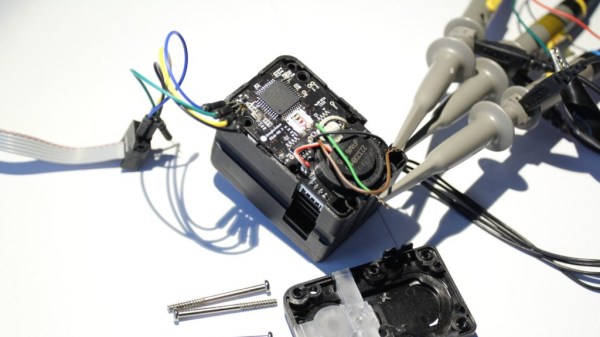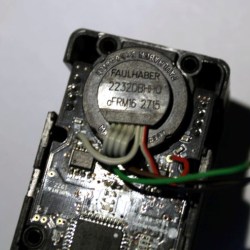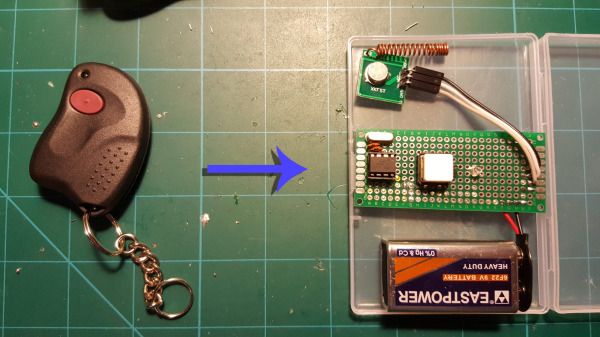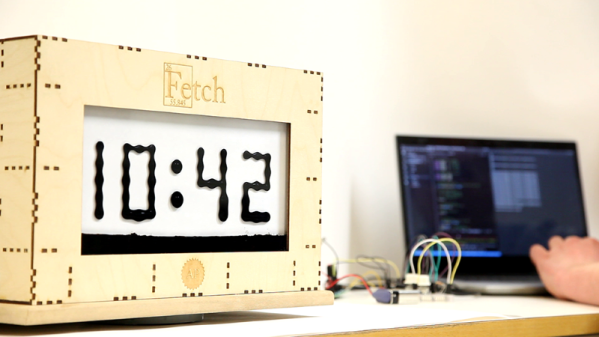The beautiful workmanship in [Andrew]’s LED tree is gorgeous all on its own, but of course there’s more going on than meets the eye. This LED tree can be blown out like a candle and it even playfully challenges a user to blow out all the lights at once in a single breath.
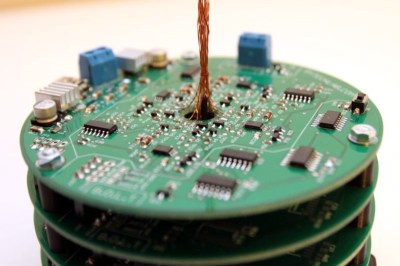 Some of you may remember the fascinating example of an LED you can blow out like a candle which had the trick of using the LED itself as a sensor. Like any diode, the voltage drop across the LED changes very slightly based on temperature. By minimizing thermal mass with surface-mount LEDs and whisker-thin wires, it was possible to detect when the LED was being blown on.
Some of you may remember the fascinating example of an LED you can blow out like a candle which had the trick of using the LED itself as a sensor. Like any diode, the voltage drop across the LED changes very slightly based on temperature. By minimizing thermal mass with surface-mount LEDs and whisker-thin wires, it was possible to detect when the LED was being blown on.
The LED tree shown here uses the same basic principle, but with a few important changes. The electronics have been redesigned and improved, and the Arduino used in the original proof of concept is ditched for stacked custom PCBs. Each board has a diameter under 100 mm in order to take advantage of the fab house’s lower cost for small boards. [Andrew] says that while the boards required a lot of time-consuming hand soldering and assembly, the payoff was that five boards rang in at barely five dollars (plus shipping) and that’s hard to beat.
Watch the tree in action in the brief video embedded below.
Continue reading “A Tree Of LEDs That Blows Out Like A Candle”



